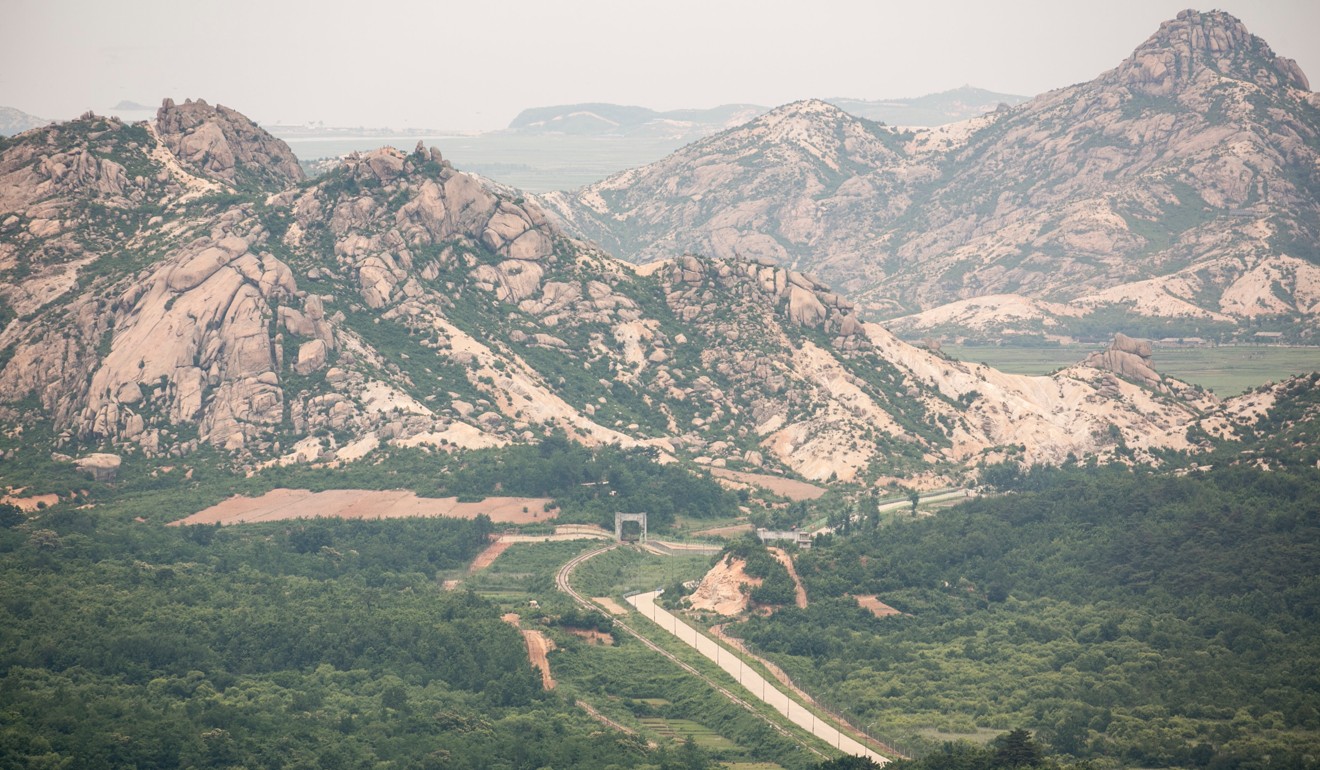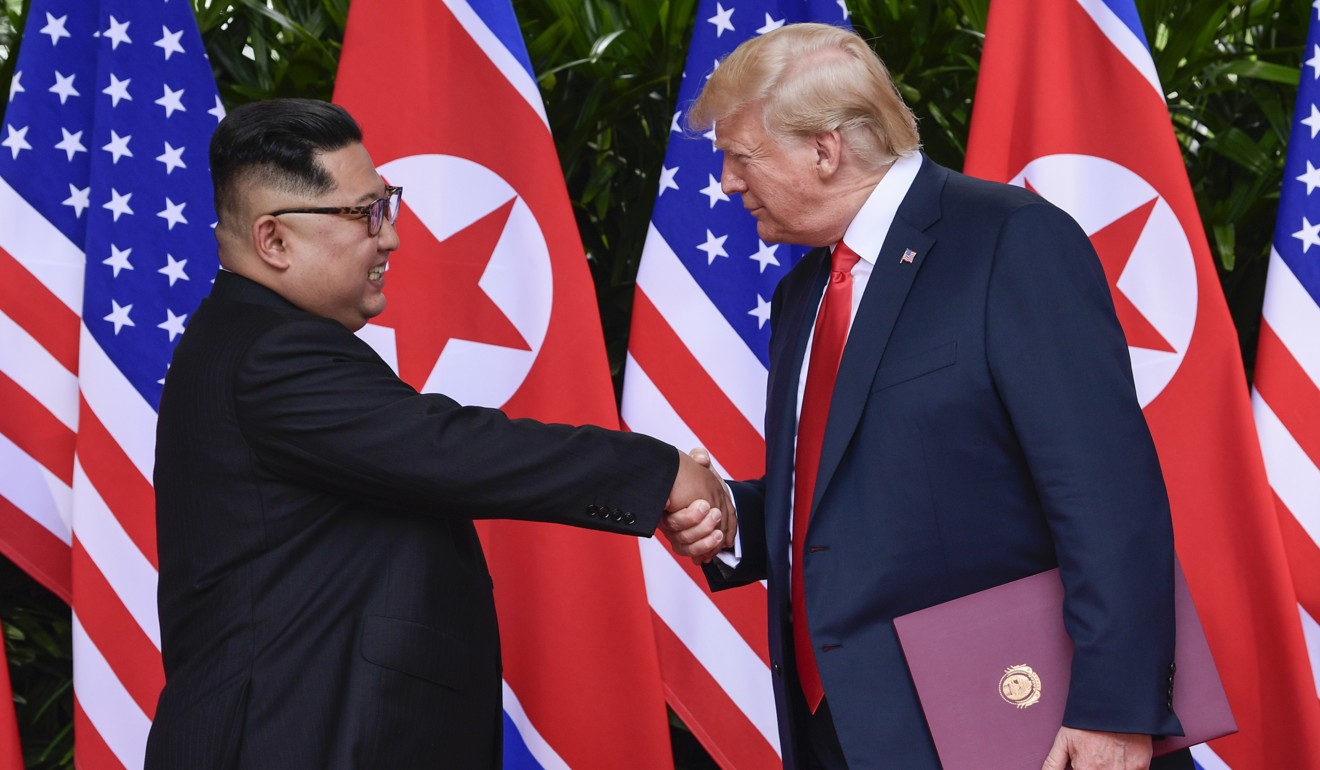
Trump expected to visit DMZ during Moon summit in Seoul, raising hopes of resumption in denuclearisation talks with Kim
- The US president and his South Korean counterpart are seen as likely to travel to the area and issue a joint statement on peace
- A Trump visit would also be a political stunt for his domestic audience, allowing him to claim responsibility for inter-Korean stability, an expert says
Dead or alive? Confusion on ‘executed’ envoy highlights mystery of North Korea
After attending the G20 summit in Japan on June 28-29, Trump will arrive in Seoul on June 29 and hold talks with Moon the following day. A government official, speaking on the condition of anonymity, said a potential Trump visit to the demilitarised zone (DMZ) was “being considered”.
“Trump and Moon are likely to travel together to a certain place at the DMZ where they may issue a statement of peace to the North and to the whole world,” said Professor Yang Moo-jin at Seoul’s University of North Korean Studies.

He added that the two presidents might express their commitment to working toward the denuclearisation of the Korean peninsula as well as the establishment of a new peace regime.
That conflict ended with an armistice, not a peace treaty, which means the two Koreas are still technically at war.
Vietnam has a new partner in its old rivalry with China – the US
Trump had planned to visit the DMZ when he came to South Korea in 2017 for a summit with Moon, but bad weather forced the cancellation of what would have been his first trip to the world’s last cold war frontier.
At the time, White House press secretary Sarah Huckabee Sanders said the president was “disappointed” not to make the trip.
Go Myong-hyun, research fellow at the Asan Institute for Policy Studies, said Trump was interested in projecting an image as a peace builder for audiences in the US.
“His visit to the border would serve as a political stunt for domestic audiences. He would seek to send a message to the US that the Korean peninsula has been pulled back from the brink of a war and stability has returned to the peninsula, all thanks to his own efforts,” Go said.
[Trump’s] visit to the border would serve as a political stunt for domestic audiences
Pompeo said the United States was ready to resume talks with North Korea immediately, and told reporters he hoped the letter would provide a good foundation to begin the discussions.
On Sunday, North Korean state media reported that Kim received an “excellent” and “interesting” letter from Trump that he would “seriously contemplate”. Trump received a letter from Kim earlier this month, after which the president said he thought “something positive” would happen.
Pompeo did not discuss the contents of Trump’s letter, but said the US had been working to lay foundations for discussions since the Hanoi summit in February was abruptly ended by Trump.

Asked if working-level discussions would begin soon, Pompeo said: “I think the remarks you saw out of North Korea this morning suggest that may well be a very good possibility. We’re ready to go, we’re literally prepared to go at a moment’s notice if the North Koreans indicate that they’re prepared for those discussions.”
Yang from the University of North Korean studies said Kim might have made up his mind to somewhat accommodate a US demand that the country open other nuclear sites to nuclear inspections in addition to its main nuclear facilities at Yongbyon.
Why South Korea and Japan are slowly learning to accept foreign workers
Negotiations came to a standstill following the Hanoi summit, with the US accusing the North of calling for a sweeping removal of sanctions in return for the shutdown of only part of its nuclear facilities.
“I think working-level contacts between the US and the North may start next month,” Yang said.
But the Asan Institute’s Go said there would be no breakthrough in the foreseeable future, noting that the two sides had not yet reached an agreement on a road map for denuclearisation.
“We have to wait and see how the working-level talks will go this time,” Go said.
Additional reporting by Reuters
Connect with us on Twitter and Facebook

